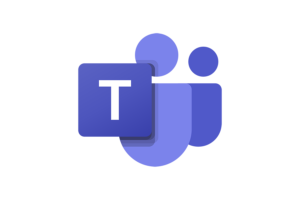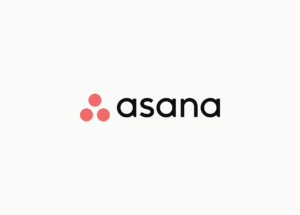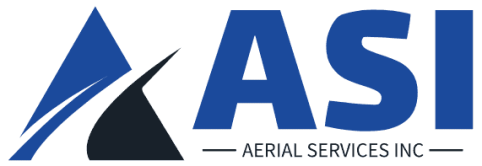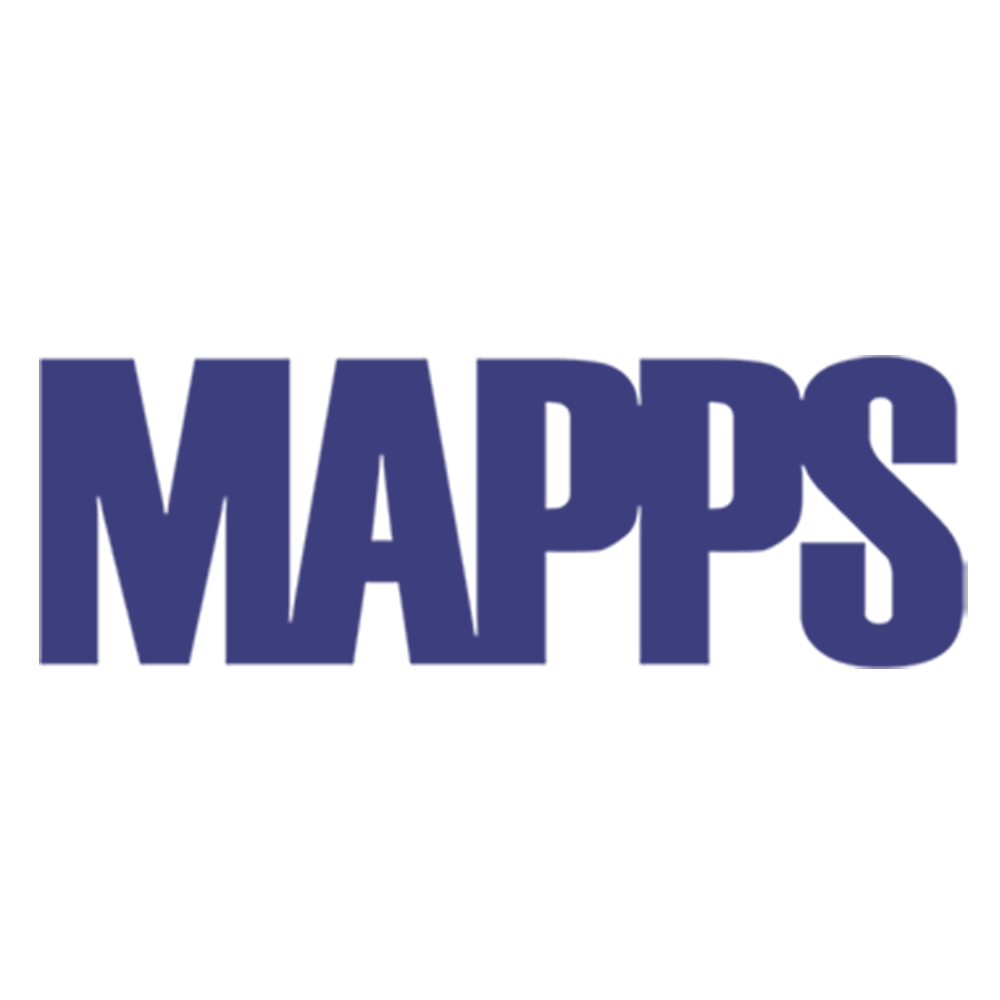Part III: Collaboration and Project Management Tools
Efficient collaboration and project management are essential for geospatial companies conducting remote work. Fortunately, there are several IT solutions available that can help streamline communication, task assignment, and project tracking among remote employees.
One popular collaboration tool used by many geospatial companies is Microsoft Teams. Teams provides a unified platform for remote employees to chat, make video calls, share files, and collaborate on documents in real-time. It also integrates seamlessly with other Microsoft Office applications, such as Word, Excel, and PowerPoint, making it easy for geospatial professionals to work together on projects.
employees to chat, make video calls, share files, and collaborate on documents in real-time. It also integrates seamlessly with other Microsoft Office applications, such as Word, Excel, and PowerPoint, making it easy for geospatial professionals to work together on projects.
Another popular project management tool used by geospatial companies is Trello. Trello is a visual project management platform that allows remote teams to create boards, lists, and cards to organize tasks, assign responsibilities, set due dates, and track progress. Trello provides a visual overview of the project status, making it easy for remote employees to see the big picture and understand their roles and responsibilities.
 For geospatial companies that require more robust project management features, tools like Asana or Monday.com may be suitable options. Asana provides a comprehensive project management platform that allows remote teams to create tasks, set deadlines, create dependencies, and track progress. It also offers advanced reporting and analytics features to help managers monitor project performance. Similarly, Monday.com offers a visual project management platform that provides remote teams with a centralized hub for communication, file sharing, and project tracking. It also includes automation features that can streamline repetitive tasks and workflows.
For geospatial companies that require more robust project management features, tools like Asana or Monday.com may be suitable options. Asana provides a comprehensive project management platform that allows remote teams to create tasks, set deadlines, create dependencies, and track progress. It also offers advanced reporting and analytics features to help managers monitor project performance. Similarly, Monday.com offers a visual project management platform that provides remote teams with a centralized hub for communication, file sharing, and project tracking. It also includes automation features that can streamline repetitive tasks and workflows.
Apart from these specific tools, there are also general collaboration platforms such as Google Workspace (formerly G Suite) and Slack that can be used by geospatial companies for remote work. Google Workspace provides a suite of cloud-based productivity tools, including Gmail, Google Drive, Google Docs, Google Sheets, and Google Slides, which enable remote teams to collaborate on documents in real-time. Slack, on the other hand, is a popular messaging and collaboration platform that allows remote teams to communicate, share files, and collaborate in channels organized by topics or projects.
By leveraging these collaboration and project management tools, geospatial companies can empower their remote employees to work seamlessly, collaborate efficiently, and stay organized, ensuring that projects progress smoothly even when working remotely.
Nest week, High Speed Connectivity



